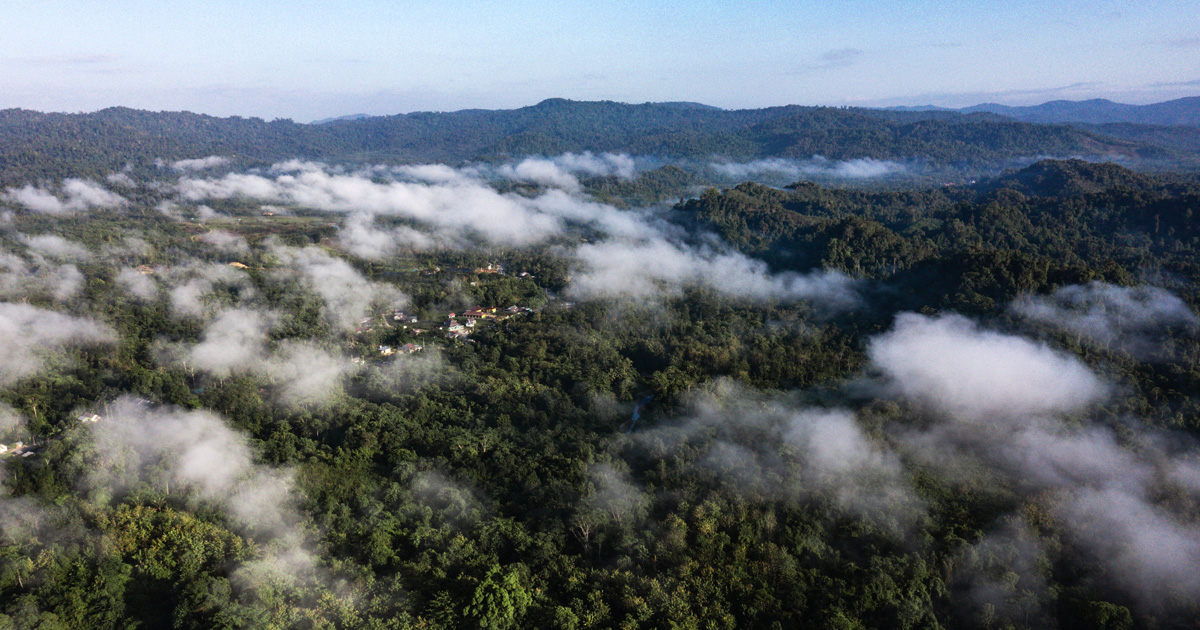Limited multi-location testing has been undertaken in Gliricidia sepium and other agroforestry species compared to field crops and plantation forest tree species. Consequently, information on the stability of the various provenances (accessions) of this species is very limited, reducing the efficiency of germplasm deployment. In this study, genotype–environment interaction and phenotypic stability of 14 accessions were investigated for dry matter (DM) leaf biomass yield across five diverse sites in the tropics (Indonesia and Nigeria) and subtropics (Australia, Malawi and Zambia) using nonparametric methods. Results indicated that genotype–environment interaction is present and that some accessions were unstable across these diverse environments implying that blanket recommendation for germplasm deployment may not be efficient. The most unstable accessions for leaf biomass production in this study include the widely used Retalhuleu provenance, which although highly productive, appeared to be better suited to tropical wetter environments. The Belen Rivas and Monterrico provenances were found to combine high phenotypic stability and high DM leaf biomass yield across these diverse sites. Germplasm of these seed sources may be deployed in previously untested sites with perhaps, predictable DM leaf yields. Where further breeding and selection is envisaged, the results of this study could also be used to make selections and constitute breeding populations for either specific environments (Retalhuleu) or for diverse environments (Belen Rivas and Monterrico).
DOI:
https://doi.org/10.1016/j.agee.2012.02.018
Altmetric score:
Dimensions Citation Count:

Publication year
2012
Authors
Nyoka, B.I.; Simons, A.J.; Akinnifesi, F.K.
Language
English
Keywords
biomass, phenology, agroforestry, plantation forests, gernplasms
Geographic
Indonesia, Nigeria, Australia, Malawi, Zambia






















